An incredibly rare book that laid out women’s rights 400 years ago has sold for thousands of pounds.
The landmark legal tomb, titled The Lawes Resolutions of Women’s Rights, gives an extraordinary insight into the laws that shaped women’s lives in 17th century Britain.
It covers subjects including marriage, divorce, property, polygamy, promises of marriage and rape.
But it outlines how women had little legal recourse available to them and were subject to the control of their husbands.
The author makes clear the paradox that women were strictly bound by laws they could not make, interpret, or even officially hear explained.
One chapter, titled ‘The Baron May Beate His Wife’, explains the then legal concept that while husbands should love their wives, the law allowed a man to physically discipline them in order to control them.
Another states that when a woman marries her identity is subsumed under her husband’s.
One line states: ‘Now Man and Woman are one* by this * a married woman perhaps may either doubt whether she be either none or no more than half a person.’
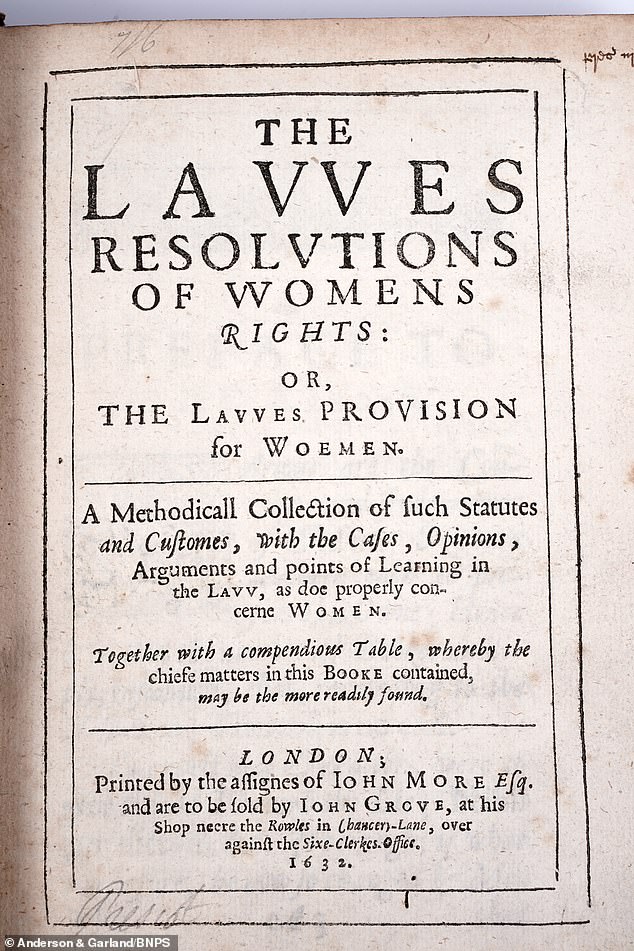
An incredibly rare book that was the first work to recognise women’s rights almost 400 years ago has sold for thousands of pounds. The landmark legal tomb is titled The Lawes Resolutions of Women’s Rights and was published in 1632
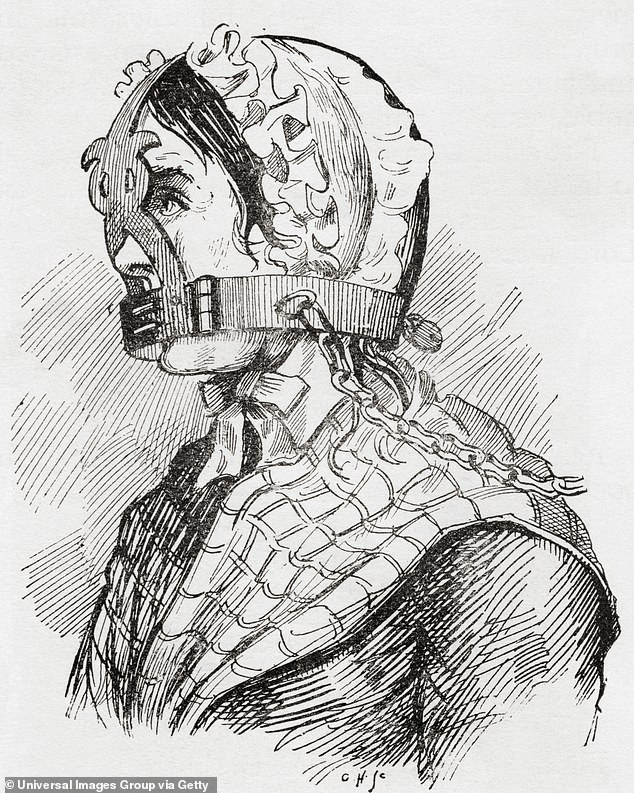
An illustration originally published in The Strand Magazine depicting a woman in the 17th century wearing what was known as a scold’s bridle, which prevented the victim from speaking
The book is attributed to Thomas Edgar and was printed in 1632.
It sought to make the subject more accessible to those outside the courts, such as educated ‘gentlewomen.’
One chapter outlines how the law defined what a woman may or may not do at a certain age.
They could consent to marriage at the age of 12 and inherit family wealth at 14.
Another states how unmarried women could be compelled to serve in households or in service roles, much like men could be pressed into labour.
Only a handful of copies of ‘The Lawes Resolutions of Women’s Rights’ have been recorded worldwide, including one once owned by Thomas Jefferson that now resides in the Library of Congress.
This copy has a bookplate showing it was owned by William A Hunter, a distinguished Scottish jurist and Liberal politician.
It later passed by descent to artist George Sherwood Hunter, and was sold by his estate at Anderson and Garland in Newcastle.
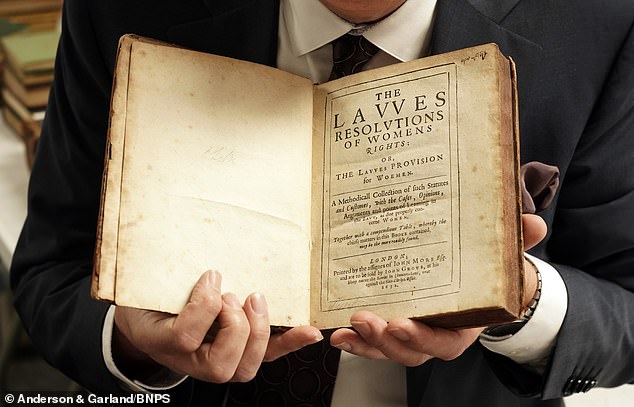
The book gives an extraordinary insight into the laws that shaped women’s lives in 17th century Britain
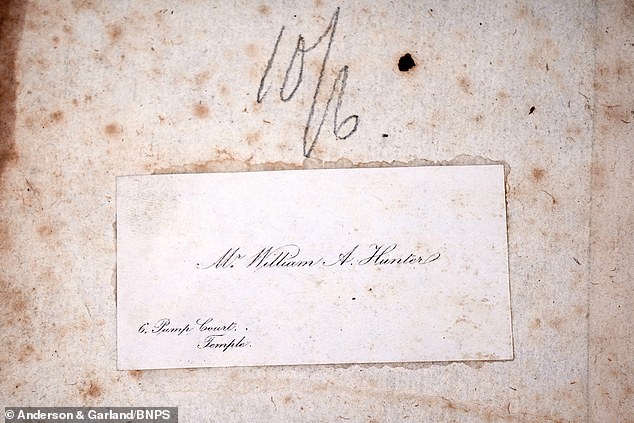
This copy has a bookplate showing it was owned by William A Hunter, a distinguished Scottish jurist and Liberal politician
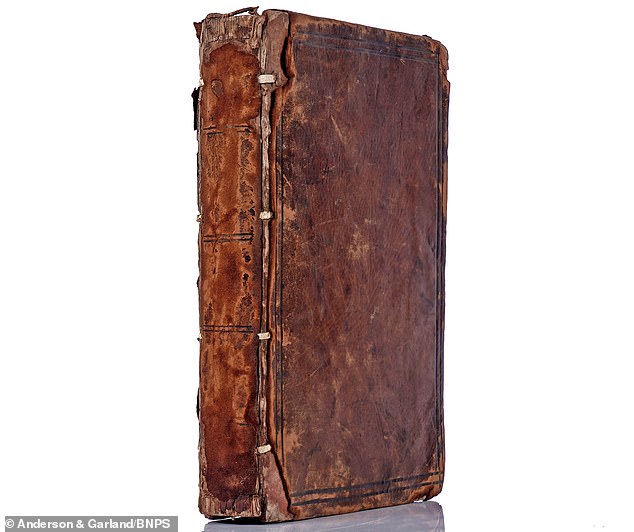
It had an estimate of £2,000-3,000 but sold for a hammer price of £7,500, rising to £9,375 with fees added on
It had an estimate of £2,000-3,000 but sold for a hammer price of £7,500, rising to £9,375 with fees added on.
It was bought by a UK buyer after fierce competition online, in the room and over the telephone.
John Anderson, head of the book department at Anderson and Garland, said: ‘This is a truly remarkable survival and one of the most significant works in the early history of women’s rights.
‘It is thrilling to see it achieve such a strong price, reflecting its rarity, importance and continuing resonance.’
A spokesman for Anderson and Garland added: ‘Throughout the book, women are portrayed as legally disadvantaged, but the work insists that they should nonetheless know their legal position.
‘It was not an argument for equality but a manual of information, bringing statutes and case law into English prose.
‘Its existence highlights the contradictions of early modern England: women were subject to laws they had no power to make, yet this book sought to grant them at least the knowledge of those laws.
‘By modern standards, The Lawes Resolutions of Women’s Rights contains views that are outdated, but its historical significance cannot be overstated.
‘As the first book in English to detail women’s rights, it was designed to be instructional and to clarify how women should be treated in matters of property, marriage, and inheritance.’












